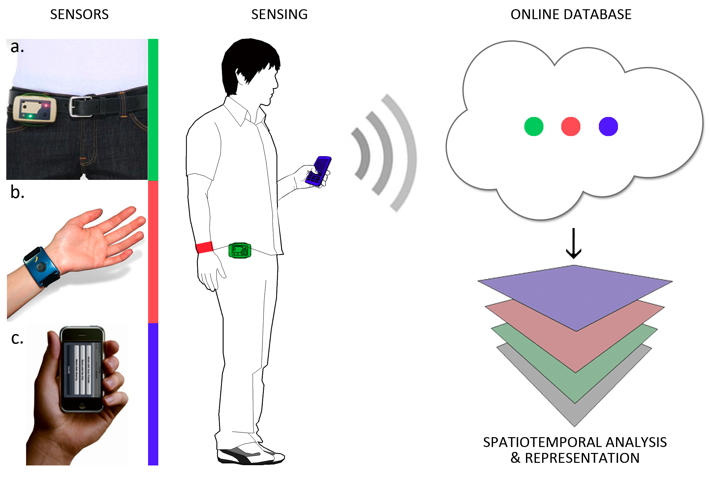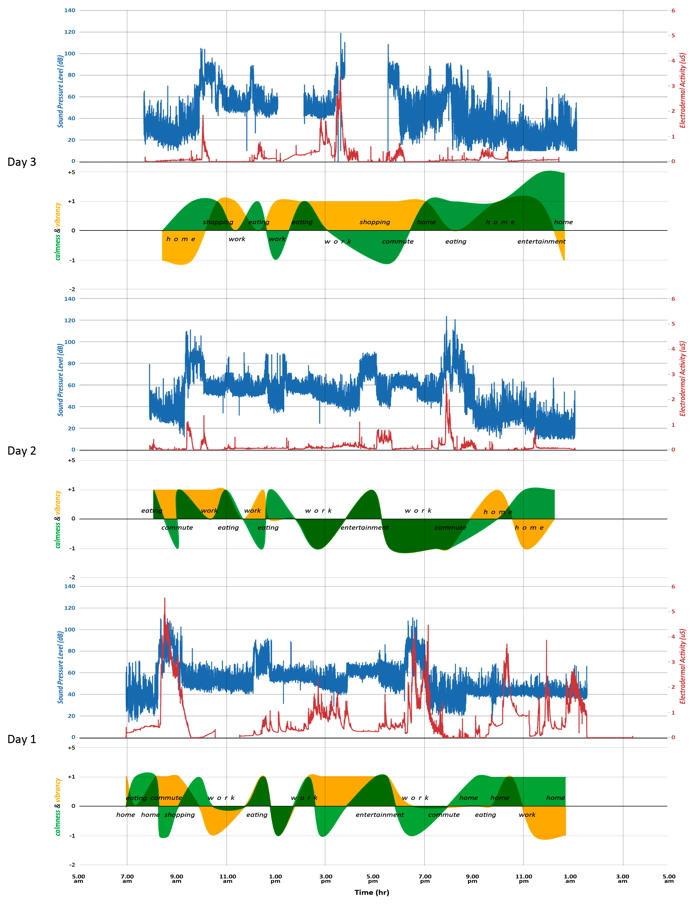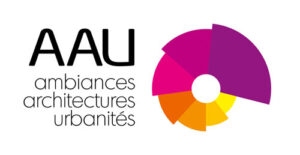Seckin Basturk Friberg - PhD candidate in Architecture, Built Environment Control Laboratory RiAS, Second University of Naples, Aversa (CE), Italy
Last years seminar organized through Cost TD0804[1] entitled “Soundscape – Measurement, Analysis, Evaluation”[2] in Aachen, Germany, incorporated a soundwalk exercise that participants carried out in two groups throughout the center of Aachen. Both groups took the same path but started their soundwalks at different points; one group began at the city center and moved towards the periphery, whilst the other group set out from the periphery and walked towards the center. After the soundwalk session intriguing differences emerged between the two groups regarding their experienced qualities of the city. For me and my group, the square between the Rathaus and the Cathedral was very quiet, I could even recognize the words of a couple relatively distant from me. My experience was similar to that of being in a quiet library, but I was right in the center of Aachen between two important, touristic landmarks. I felt calm, relaxed but at the same time bored and maybe a bit wearisome. In contrast, the other group remained occupied at the same location for almost one hour, having fun listening to a street band, observing people gathered and probably dancing to the music.
This first-hand experience made me question the techniques and terms that we usually employ to describe noise and soundscapes of cities. And in response to this experience, a preliminary study was undertaken to investigate spatiotemporal relationships between physical stimuli (sound) and emotional responses to it in our daily lives. A real-life experiment was carried out, monitoring a subject’s emotional reactions by means of: electrodermal activity (EDA) (also known as skin conductance), sound levels and subjective self-reports during different activities.
Within this context, a subject carried one environmental sensor[3] and one EDA sensor[4], and submitted self-reports in real-time using a smartphone over a three day experimentation period. Real-time sound pressure levels (dB), location (latitude and longitude), and EDA levels (μS) were logged every second throughout the 3-day period. Furthermore, the individual’s responses to the environment in terms of emotional states and perceived noisiness were measured multiple times along with other variables using an online questionnaire accessed via a smartphone. In addition, the participant also submitted information on the actual activity being undertaken at the time of questionnaire submission. The emotional states were reported in two dimensions; calmness and vibrancy. Perceived noisiness differs from sound pressure level in that the sound pressure level is a physical parameter while perceived noisiness is a result of the interpretation of the sound stimuli as a function of its acoustic character, its source, its meaning and its harmony with its context (Figure1).

Fig. 1. Flowchart representing the pilot experiment process : a. Environmental sensor - b. Electrodermal activity sensor - c. Smartphone
The results of the experiment indicate that EDA levels and measured sound pressure level had a significant correlation. Furthermore the self-reported emotional state of calmness was strongly correlated with both actual sound pressure level and perceived noisiness. In addition, there was apparent consistency between the self-reported calmness and measured EDA levels (Figure 2).

Fig. 2. Representation of the three day sensing results
In conclusion, the preliminary results indicate intriguing consistencies between subjective and physiological measures of emotions that were significantly correlated with everyday sounds. This would suggest that EDA level monitoring may prove to be a useful tool for an emotion based assessment of sensory qualities and soundscapes of our surroundings. In addition, gathering spatiotemporal information – subjective, physiological and environmental – from local experts in their real-life setting through wireless mobile devices, promises unprecedented insight into urban ambiances. Nonetheless, in order to draw more substantial results and have increasingly reliable insights, it is crucial to scale up the sampling size of participants within the study and do further experimentation.
Acknowledgement
The study is conducted during my visiting period at MIT Senseable City Lab. I gratefully acknowledge the support of Carlo Ratti, Rex Britter and Prudence Robinson from MIT Senseable City Lab., Rosalind Picard and Rob Morris form MIT Media Lab. Affective Computing group, Luigi Maffei and Massimiliano Masullo from Laboratory RiAS, SUN.
[1] “About Soundscape of European Cities and Landscapes.” [Online]. Available: http://soundscape-cost.org/. [Accessed: 14-Oct-2011].
[2] A. Fiebig et al., “Education in Soundscape-A seminar with young scientists in the COST Short Term Scientific Mission ‘Soundscape-Measurement, Analysis, Evaluation’ ” in 20th International Congress on Acoustics, ICA 2010, Sydney Australia, 2010.
[3] Sensaris, “Eco Senspod,” Smart Wireless Sensor Solutions, 2011. [Online]. Available: http://www.sensaris.com/environment/. [Accessed: 12-Sep-2011].
[4] “Galvanic Skin Response for Measuring Emotions | Q Sensor | Affectiva.” [Online]. Available: http://www.affectiva.com/q-sensor/. [Accessed: 13-Oct-2011].
[5] Ming-Zher Poh, N. C. Swenson, and R. W. Picard, “A Wearable Sensor for Unobtrusive, Long-Term Assessment of Electrodermal Activity,” IEEE Transactions on Biomedical Engineering, vol. 57, pp. 1243-1252, May 2010.
[6] C. Nold, Emotional Cartography – Technologies of the Self. Wellcome Trust, 2009.
[7] R. Cain, P. Jennings, and J. Poxon, “Setting targets for soundscape design: The practical useof a 2-dimensional perceptual space,” in 39th International Congress and Exposition on Noise Control Engineering – Inter Noise 2010, Lisbon, Portugal, 2010.
[8] M. Martino, R. Britter, C. Outram, C. Zacharias, A. Biderman, and C. Ratti, “Senseable City,” in Digital Urban Modelling and Simulation, Springer, 2010.



